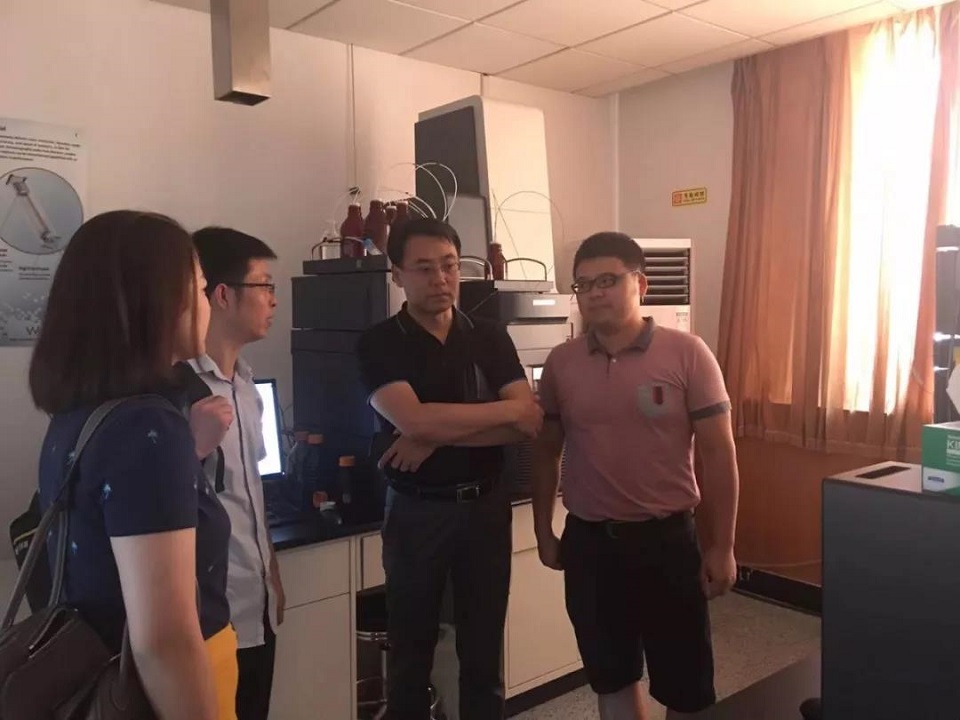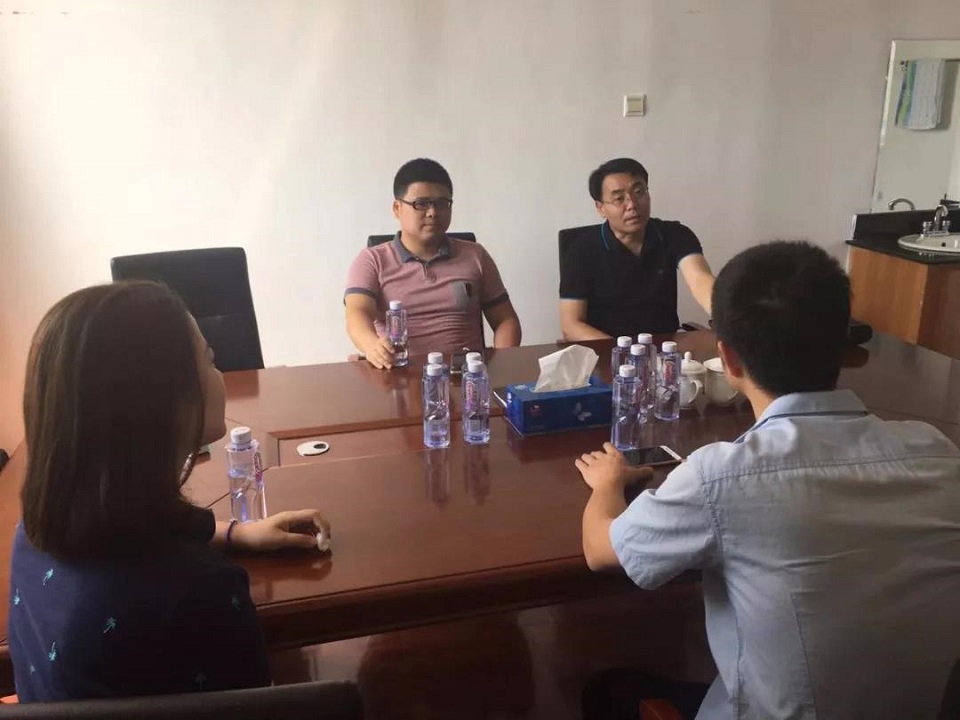On the morning of August 17, Baofeng Biotechnology (Beijing) Co., Ltd., the Occupational Safety and Health Research Center of the State Health Commission, and Shengjing Hospital of China Medical University, three negotiations on research projects on occupational and neonatal diseases in the plateau area were solemnly held at the Occupational Safety and Health Research Center of the National Health Commission.

Director Li pointed out that occupational hypoxia at high altitude, especially neonatal hypoxic-ischemic encephalopathy HIE is one of the common causes of nervous system damage in children, affecting children's physical and mental health to a great extent, hindering the improvement of the quality of the population, and causing direct and indirect economic losses of hundreds of millions of dollars.
They will put a heavy burden on individuals, families and society. In the plateau area, due to its own geographical factors, its incidence is higher than that in the plain area. therefore, the functional recovery of children with hypoxic-ischemic brain injury has become a hot and difficult point in scientific research institutions all over the world.

Foreign studies have shown that nervonic acid is the core natural component of brain nerve cells and nerve tissue, and it is a special substance found so far in the world that can promote the repair and regeneration of damaged nerve fiber tissue. Nervonic acid can induce self-growth and division of nerve fibers and repair blocked, twisted, condensed and broken nerve fibers.
The discovery of nervonic acid has found the root of the treatment of encephalopathy, got out of the misunderstanding of only aiming at brain cells and neglecting the repair and dredging of nerve fibers, and made the treatment of encephalopathy enter a new era. The incidence of HIE in plateau areas is relatively high, which is a serious threat to the physical and mental health of children in northern Tibet. The study of the role of nervonic acid in the brain is helpful to provide theoretical reference for the clinical treatment of HIE at high altitude.
The deputy director of the laboratory of the Occupational Health Center warmly welcomed Director Li's arrival and said that there have been more and more studies on the pathogenesis and clinical treatment of the disease by means of metabonomics in recent years. The commonly used analytical techniques in metabonomics include gas chromatography-mass spectrometry, liquid chromatography-mass spectrometry, nuclear magnetic resonance and so on.

The study on the plateau can be used to prevent the occurrence and development of the disease and provide a basis for the treatment and prognosis of the disease. Baofeng Biological CTO and Chen Xianyang, PhD in Developmental Biology of the Chinese Academy of Sciences, believe that after the cooperation between the two sides, the strategies of transcriptology and metabonomics are used to analyze the pathogenesis and possible signal pathways of neonatal hypoxic-ischemic encephalopathy at high altitude, which provides a solid theoretical basis for the diagnosis, prevention and treatment of the disease in the future.
Both sides said that the cooperation is only the beginning, and that in the future, on this basis, the two sides will continue to study the related diseases of newborns in the plateau area and establish corresponding criteria for the diagnosis and treatment of diseases in the plateau region, so as to provide a theoretical basis for the diagnosis, prevention and treatment of the disease in the future. The purpose of this study is to provide a theoretical basis for the screening, prevention, diagnosis and treatment of genetic metabolic diseases and occupational diseases in China.



 Author:bfuers
Author:bfuers Time:2020-7-31 10:46:22
Time:2020-7-31 10:46:22 人已看
人已看